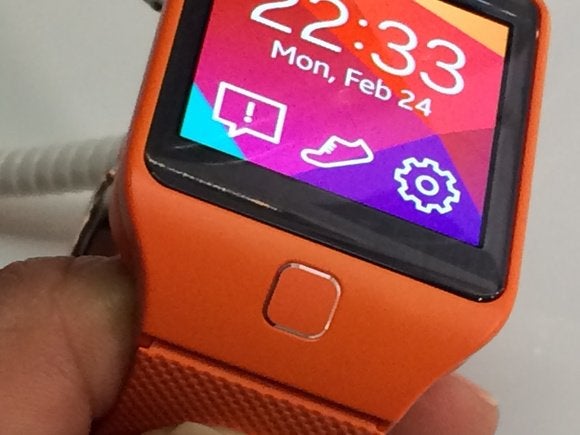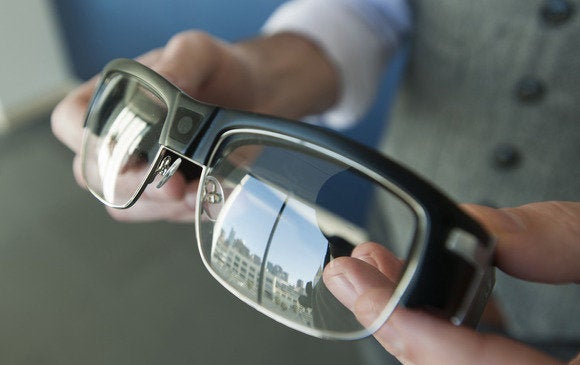They’re heralded as the Next Big Thing in mobile electronics. But are they selling? Research firm IDC says it has answers, reporting Thursday that sales of wearables have more than tripled in one year’s time, and will grow about 500 percent in the next four years.
In its just-released forecast analysis, IDC reports that total global wearables sales will exceed 19 million units this year. By 2018, international sales will hit 111.9 million units, resulting in a year-over-year, compound annual growth rate of 78.4 percent, according to IDC projections. And in simpler terms, the sales jump over four years projects out to a total increase just under 500 percent.
The IDC study classifies three different types of wearable gadgets. Activity-tracking wristbands like the Jawbone UP24 and various Fitbit devices are considered “complex accessories,” in that they require, to varying degrees, smartphone pairing. IDC research manager Ramon Llamas says these “complex” wearables are actually the most simple—and are selling the best. “End-users have warmed to their simplicity in terms of design and functionality, making their value easy to understand and use,” he says.
Next up, IDC defines smartwatches like the Pebble and Galaxy Gear as “smart accessories.” They require phones to work, but run third-party apps and offer more features. In its press release, IDC writes, “While not quite ready for prime time, the smart accessory market will continue to mature as users better understand and accept the value proposition and vendors refine their offerings.”
But the products defined as “smart wearables”—IDC calls out Google Glass—are still in their infancy. As the firm says in its announcement, “The runway for smart wearables is long, and it will not be until 2016 that we begin to see millions of units shipping.”
Of course, Google might have something to say about this: Just as IDC was releasing its Thursday research findings, Google was announcing that it’s working harder to seed regular-old consumers with Google Glass.
Without a doubt, wearables are a hot story, and companies large and small—from Google and Intel to relatively unknown names like Goqii and XOEye—are racing to enter the market. Will consumers oblige the industry by rewarding manufacturers with repeat business? Maybe not. According to a January study by Endeavor Partners [PDF], more than half of all people who’ve purchased a wearable activity tracker have given up on their devices.
Bottom line: Wearables sales are increasing—and they’ll continue to do so. But the market is still rife with hackneyed, frustrating, sometimes absurdly challenging gear. Customers are being roped in as de facto beta testers, and I suspect those IDC projections won’t look so rosy in 2015 and 2016 unless the gadget companies begin embracing simplicity, and stop releasing wearables, well, just because they can.


 IMAGE: MELISSA RIOFRIO
IMAGE: MELISSA RIOFRIO IMAGE: MICHAEL HOMNICK
IMAGE: MICHAEL HOMNICK